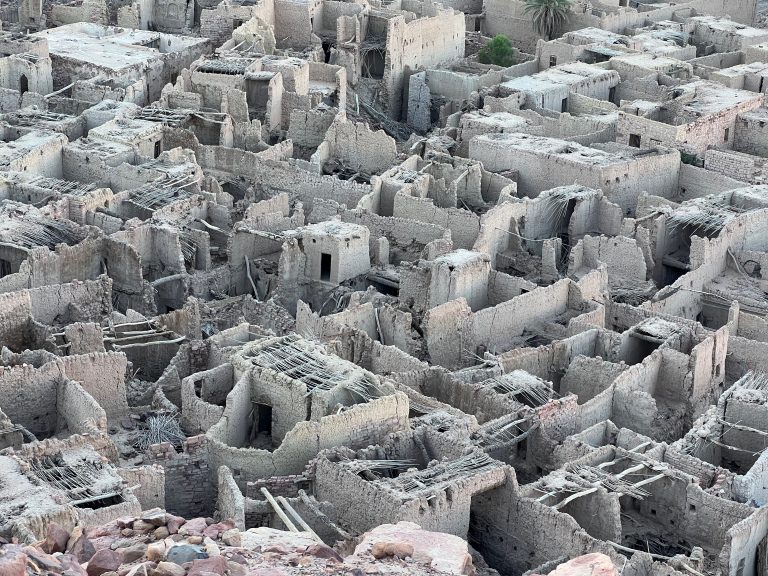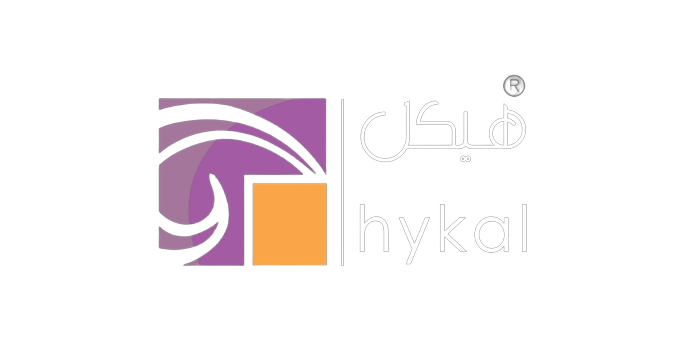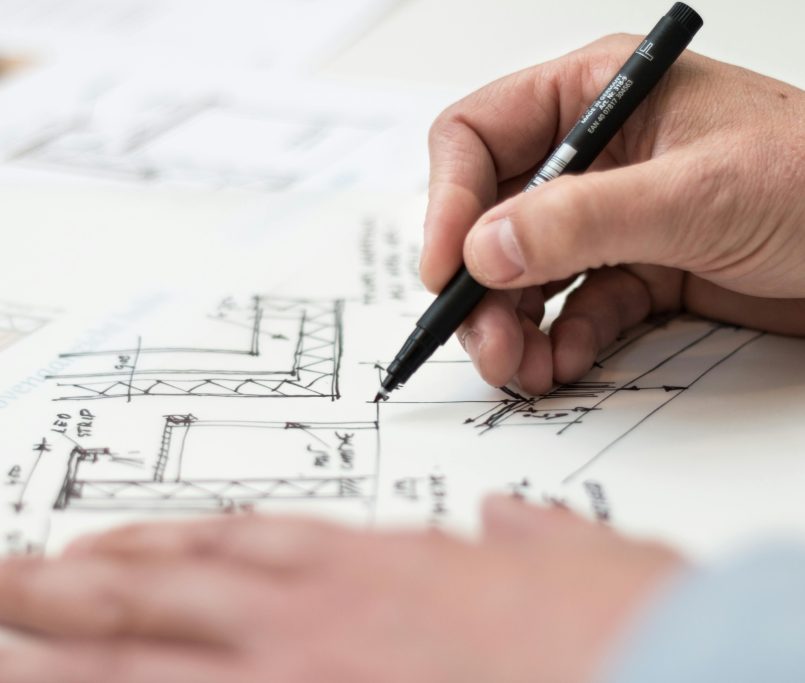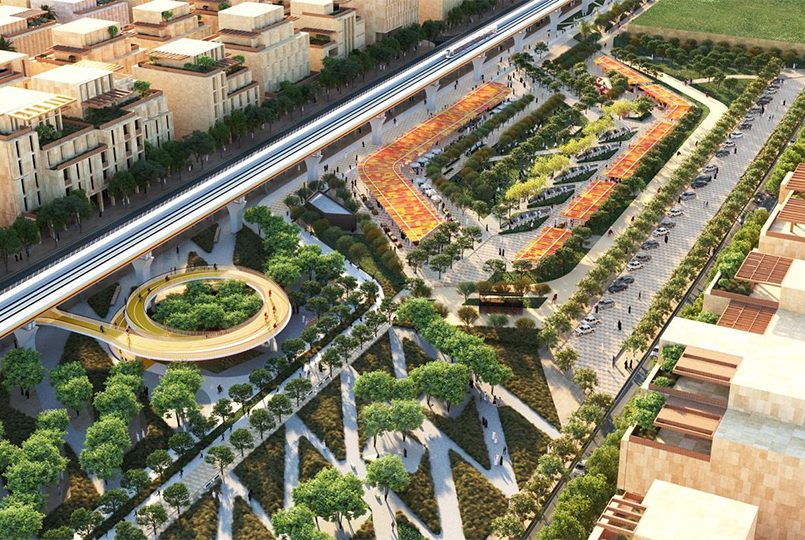Architectural Harmony: Exploring the Symbiosis of Form and Function in Design
Architectural Harmony: Exploring the Symbiosis of Form and Function in Design
Saudi Arabian architecture is a canvas on which the past, present, and future converge rather than only reflecting the present. A fundamental principle of architectural design, the synergy of form and function, is changing in Saudi Arabia in ways that honour tradition while simultaneously advancing the country into a futuristic future. This investigation digs into the complex interplay between form and function, taking a close look at both the present environment and the potential future of architecture.
Form Follows Function: A Guiding Principle
The idea that “form follows function” still serves as a compass as Saudi Arabia continues to raise its cities skyward. Building design in tomorrow’s expanding cities will be influenced by a keen understanding of environmental sustainability and a dedication to making effective use of available space. This development is exemplified by the upcoming Riyadh Metro, a massive infrastructural undertaking. Its stations are more than just useful hubs in a transit system; they were created with a view towards the future, including eco-friendly elements and cutting-edge technology that improves both form and function.
Cultural Context: A Tapestry of Tradition and Innovation
Tradition and innovation come together to form a dynamic tapestry where the past and the future are harmoniously woven together in the architecture of Saudi Arabia. Traditional Saudi Arabian architecture, characterised by complex geometric patterns, regional materials, and a keen awareness of environmental sensitivities, is not just a matter of taste. It is a tasteful fusion of form and function that offers a practical solution to the difficulties presented by the area’s arid climate.
The challenge for architects is to reimagine tradition for a modern setting rather than to reject it. Modern technologies, including parametric design, provide a sophisticated way to convert ancient geometric patterns into the language of contemporary architecture. This integration may be seen in projects like Qiddiya Entertainment City, where historical themes blend with the creation of cutting-edge cultural and entertainment areas.
Cultural heritage preservation extends beyond outward beauty. Adaptive reuse emphasises a dedication to a live relationship with the past, as evidenced in the restoration of Al-Ula Old Town. Although the function of old structures has been modified to meet modern requirements, their form has been conserved. Using technology like virtual and augmented reality, architects see a future where “smart heritage” uses historical locations to create immersive and interactive experiences. By taking a progressive stance, tradition is preserved as a living, dynamic force that changes with time rather than as something stagnant.

Modern Innovations: Integrating Technology Seamlessly
The harmonious integration of technology acts as a transformative force in the dynamic world of Saudi Arabian architecture, transforming both the physical structures and the essential characteristics of usefulness. The Kingdom is being moved towards a future in which buildings not only serve as witnesses to modernity but also perform as dynamic, responsive creatures thanks to architects, who are at the vanguard of a technological revolution. The King Abdullah Petroleum Studies and Research Centre in Riyadh is an example of this fusion, where advanced energy-efficient systems, sustainable features, and smart building technology come together in a seamless manner to provide a roadmap for the future of environmentally aware architecture in the area. Buildings like the forthcoming Jeddah Tower go beyond mere aesthetics to represent a dedication to smart technologies, promising a harmonic fusion of lofty design with cutting-edge functionalities. The adoption of Building Information Modelling (BIM) emphasises Saudi Arabia’s dedication to contemporary innovation by ensuring that technology becomes an integral part of the architectural narrative and setting new standards for intelligent, sustainable, and seamlessly integrated structures that will influence the kingdom’s future urban landscapes.
Interior Design: Human-Centric and Adaptive
Interior design in Saudi Arabia will advance to become increasingly more human-centric and adaptable as time goes on. Spaces will be able to change depending on the demands of the residents thanks to the usage of adaptable modular designs. Smart houses will change how design and function interact in the domestic setting by incorporating cutting-edge technology that increase comfort and efficiency.
Sustainability: A Core Tenet
Sustainability will no longer be a choice but rather a fundamental principle of Saudi Arabian architectural design in the future. The ambitious Saudi Green Initiative, which aims to plant billions of trees and switch to 50% sustainable energy by 2030, will have a big impact on how buildings look and work. Sustainable building materials, energy-saving plans, and green areas will all be seamlessly incorporated by architects to produce buildings that actively support the health of the earth while also minimising their negative effects on the environment.

The Human Experience: Evolving Interaction
The emphasis on the human experience within architectural environments will grow as time goes on. Buildings won’t only be utilitarian; they’ll be made to improve the physical and emotional health of those who live in them. The borders between indoor and outdoor environments will be blurred as public places are designed for social interaction. A foreshadowing of this future is the King Salman Park in Riyadh, which is slated to be among the biggest urban parks in the world and provides a setting where form and function come together to promote community and well-being.
Adaptive Reuse: Preserving Heritage Amidst Change
In spite of fast development, heritage preservation will continue to be a priority for Saudi Arabian architecture in the future. Adaptive reuse will play a bigger role in sustainable development as more old buildings are used for new purposes to satisfy society’s changing demands. Not only will this maintain cultural identity, but will also add to the distinctive architectural narrative that is continually moulded by the interaction of history and development.
Challenges and Future Prospects
Saudi Arabian architects will encounter new difficulties as they navigate the future. Innovative solutions will be needed to strike a balance between the needs of a growing population and environmental sustainability, economic factors, and the requirement for cultural preservation. The creation of wholly new cities, like NEOM, will bring unheard-of potential and problems, needing a holistic strategy that takes into account the symbiosis of form and function on a significant scale.
Conclusion
The Saudi Arabian architectural environment is a canvas that extends beyond the present and into the future with a vision that balances tradition, creativity, and sustainability. The confluence of form and function is depicted as a developing idea by architects as they continue to sculpt the skylines and cityscapes. Saudi Arabia, and HYKAL are well-positioned to redefine its architectural identity along this path and to add to the global conversation about how the built environment might be a peaceful synthesis of the past, present, and future. A song that invites the world to see the continual dance of form and function in the heart can be heard in the architectural symphony of Saudi Arabia as it echoes through time.



